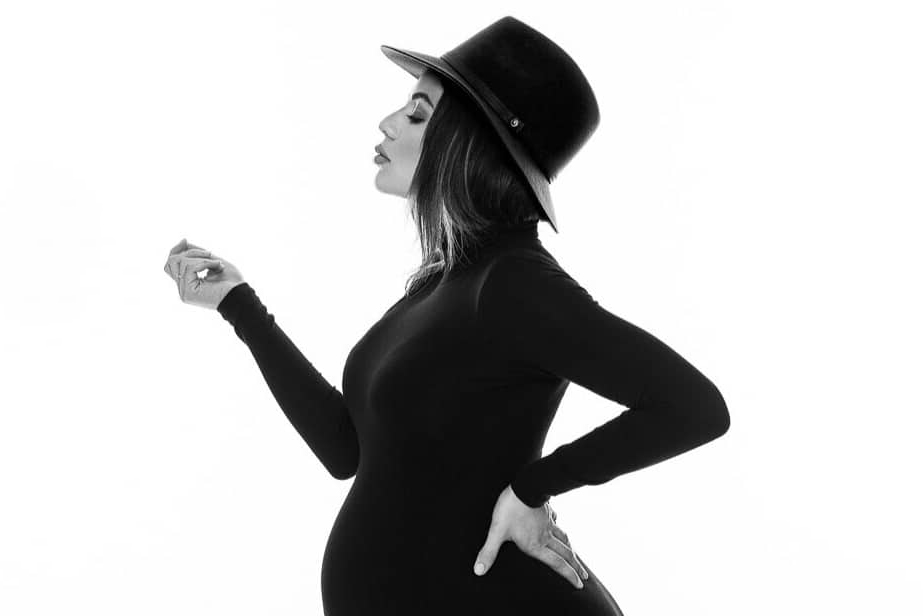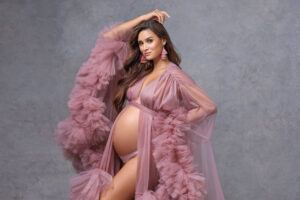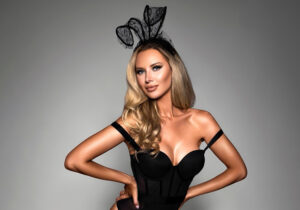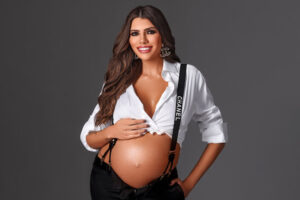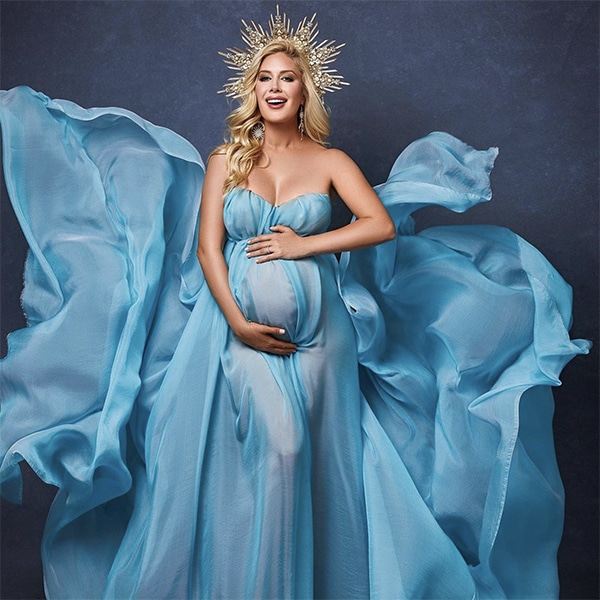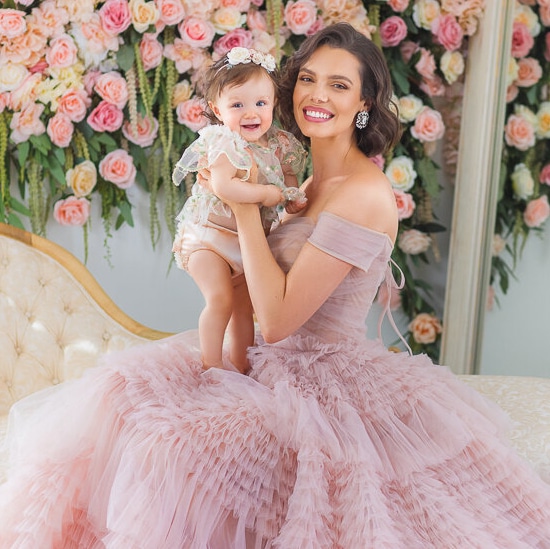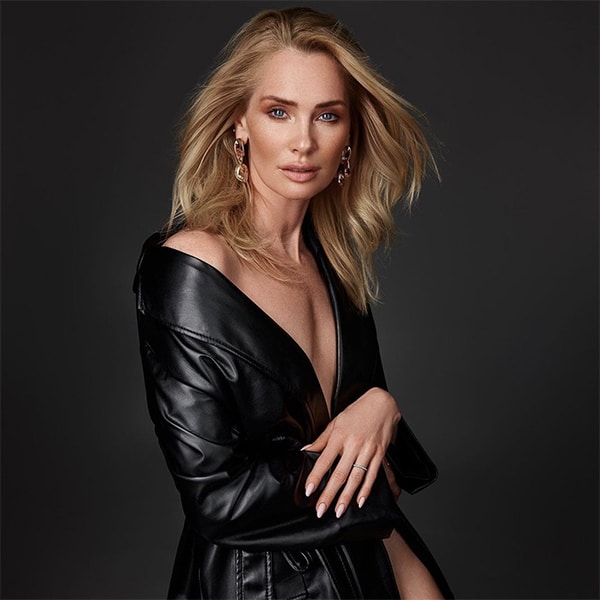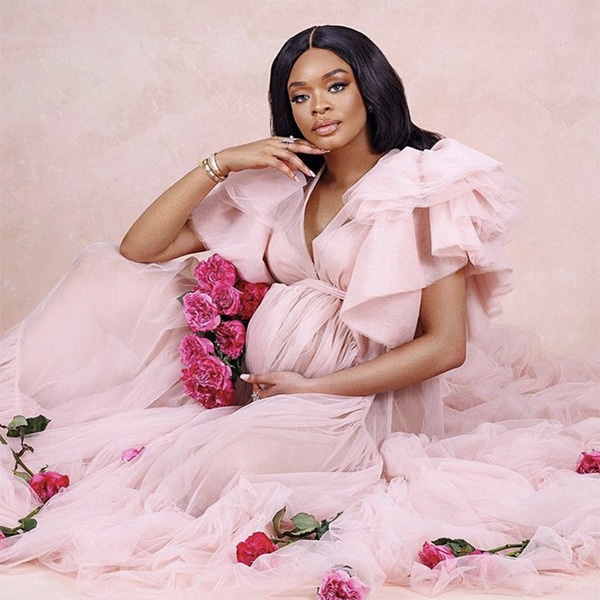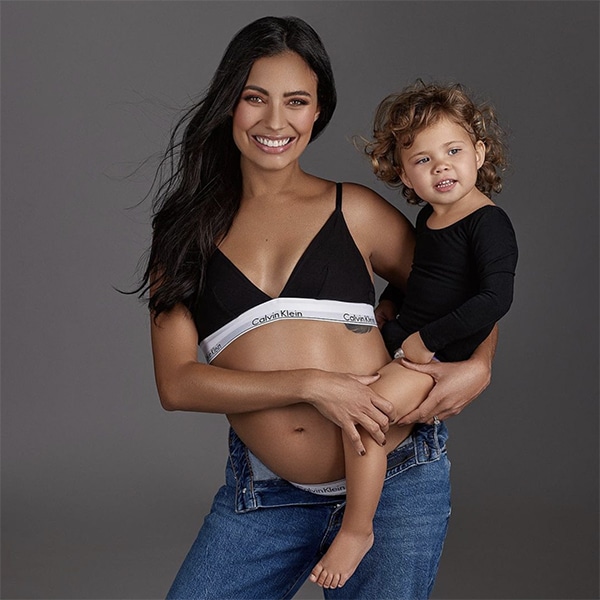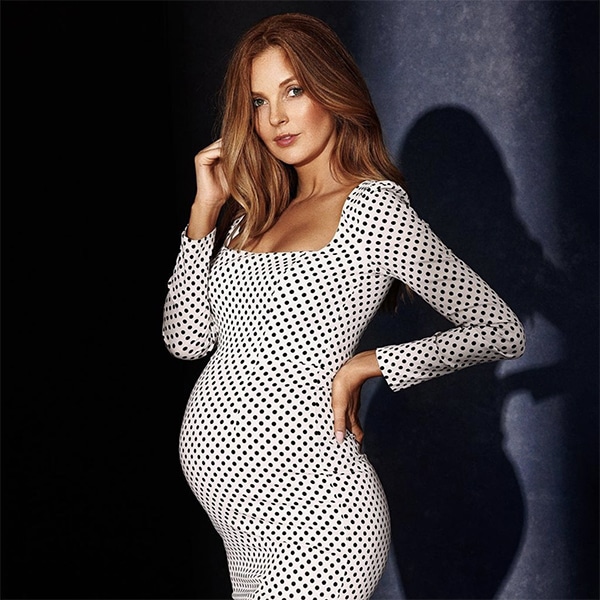From Sunlight to Studio Lights: A Complete Guide to Understanding Types of Photography Lighting Sources
Photography is all about capturing light. Understanding the different types of photography lighting sources will help photographers manipulate light to achieve the desired mood, atmosphere, and effects in their images.
From natural sunlight to artificial studio lights, there are various lighting sources available and with so many options, it can be overwhelming for beginners to know which to use and when.
In this comprehensive guide, we will explore the different types of lighting sources and help you understand how to use them to create stunning photographs. Whether you’re a beginner or a seasoned pro, this guide will provide you with valuable insights into the world of photography lighting.
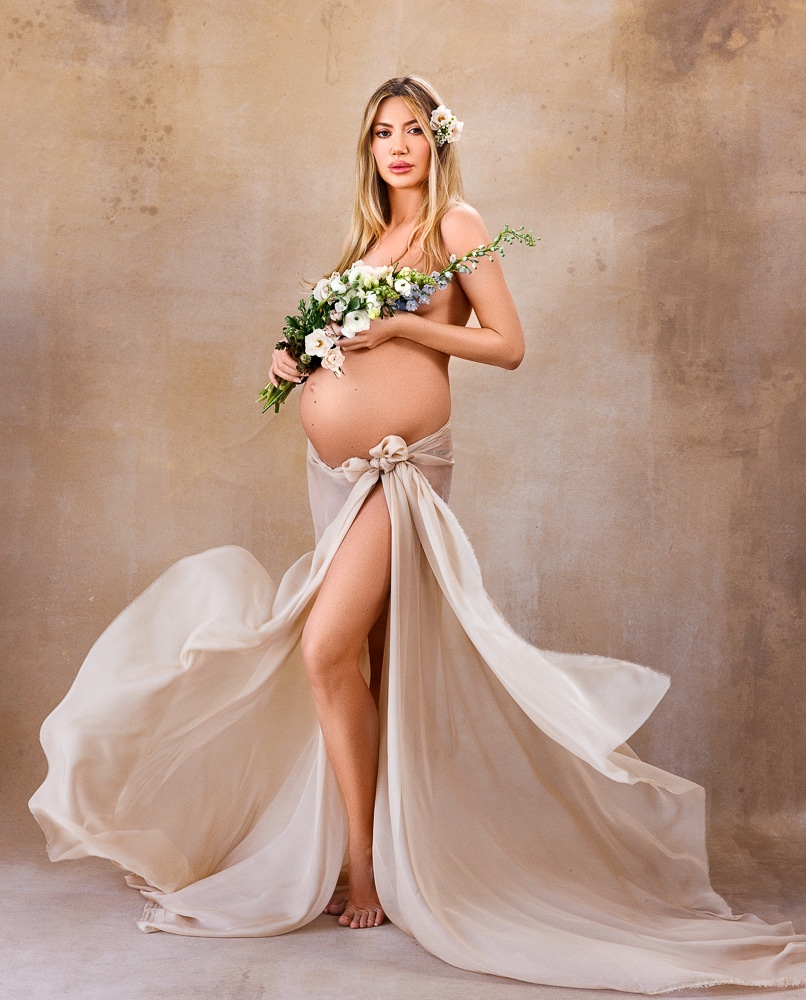
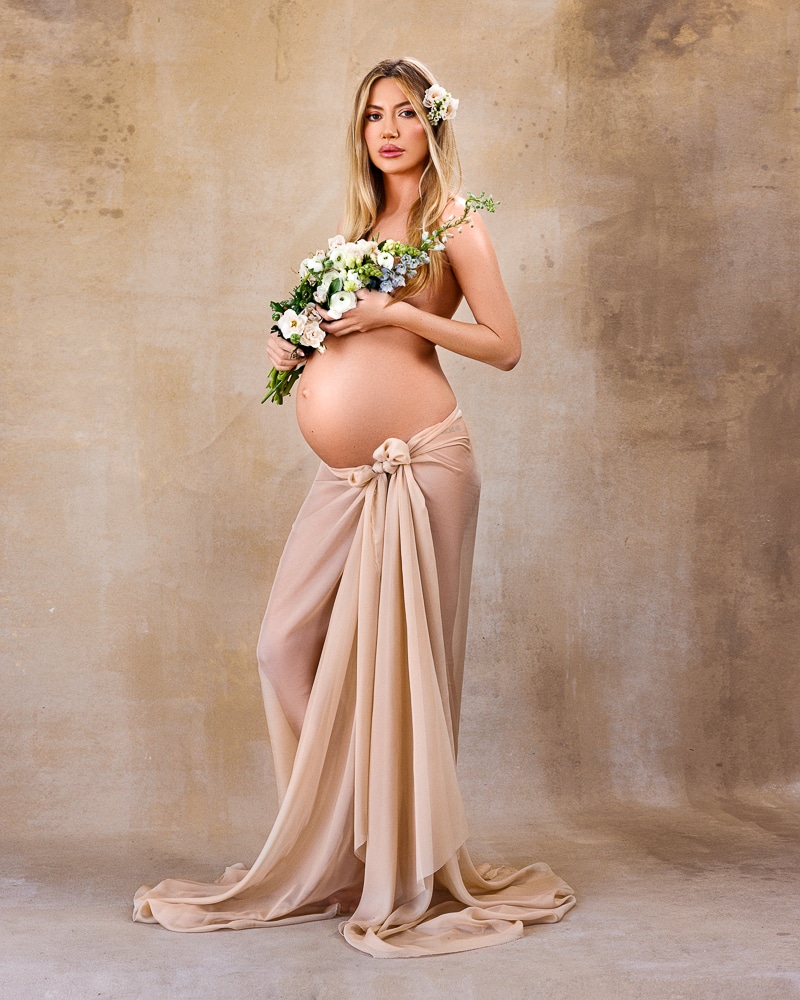
Natural Light
Natural photography light is the most commonly used lighting in photography, and it refers to light that comes from the sun or other natural sources. The intensity and direction of natural light vary throughout the day.
Golden Hour Light
Golden hour, also known as magic hour, is the soft and warm light that occurs during sunrise and sunset. This type of light is perfect for creating a warm, dreamy, and romantic atmosphere in portrait photography. It is also great for creating dramatic silhouettes and backlit images.
Overcast Light
Overcast light is the soft and diffused light that occurs on a cloudy or foggy day. This light is ideal for shooting portraits as it eliminates harsh shadows and creates a natural-looking image.
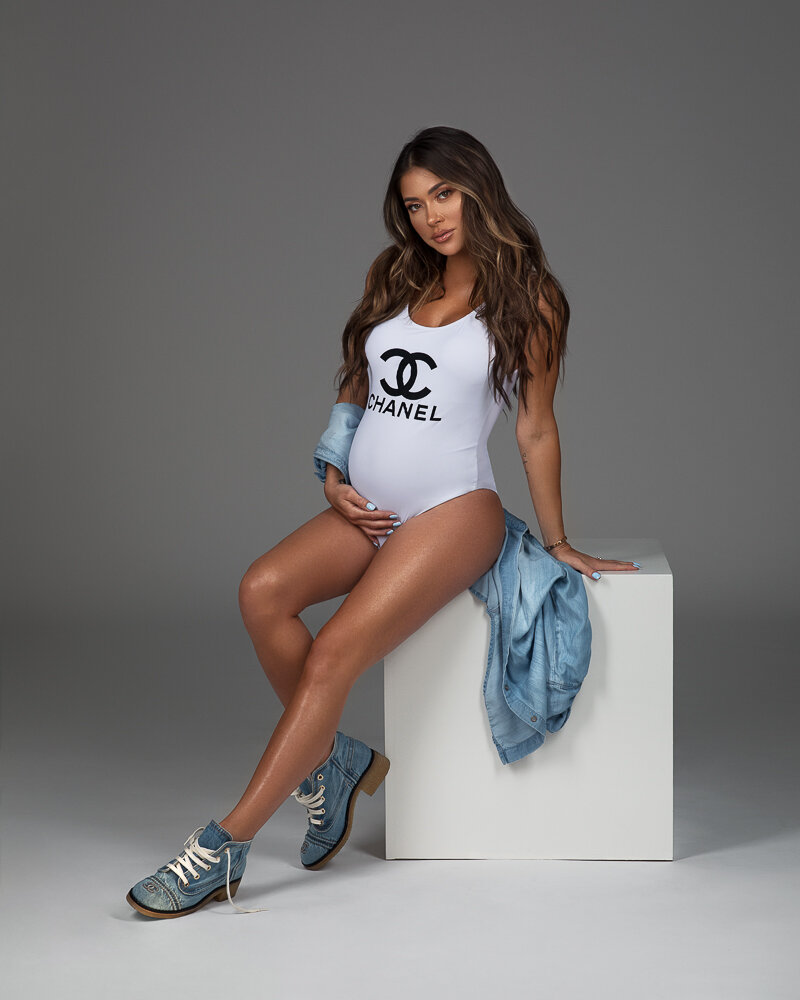
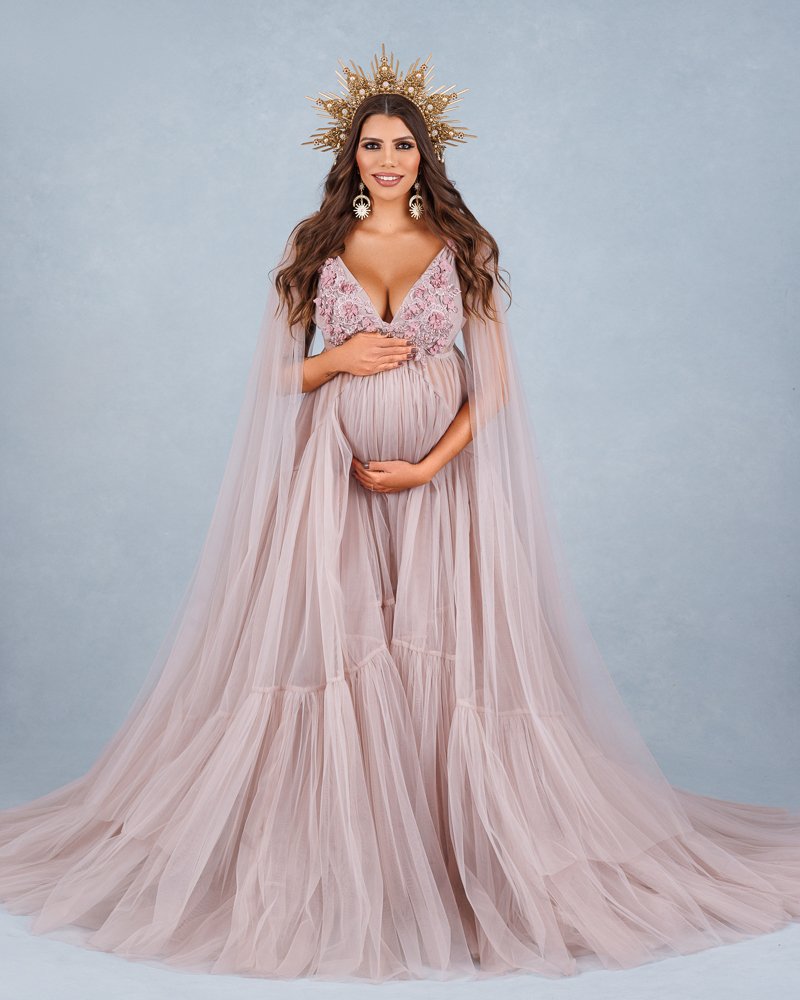
Direct Sunlight
Direct sunlight is the harsh and intense light that occurs during the day. This light can create harsh shadows and both overexposed and underexpose areas in your images, making it difficult to capture a well-exposed image.
Shooting portraits in midday sun is not ideal but ff you need to shoot outdoors on a sunny day, find an area with shade or use a reflector to bounce light onto your subject- this will avoid those intense shadows.
Tip: Use the Tiffen Black Pro-Mist 1/4 Filter on your lens. It’s a game changer. For portraits, it absolutely makes all the difference in minimizing those skin pores and softening wrinkles, especially if the lighting is harsh, this filter might just save your shots!
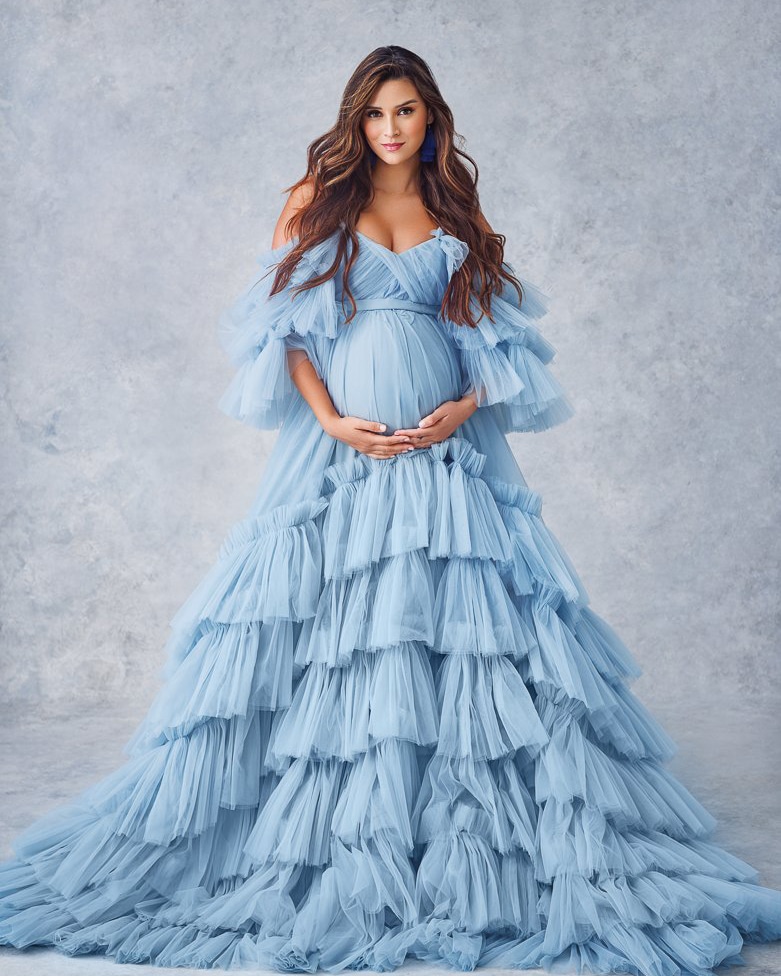
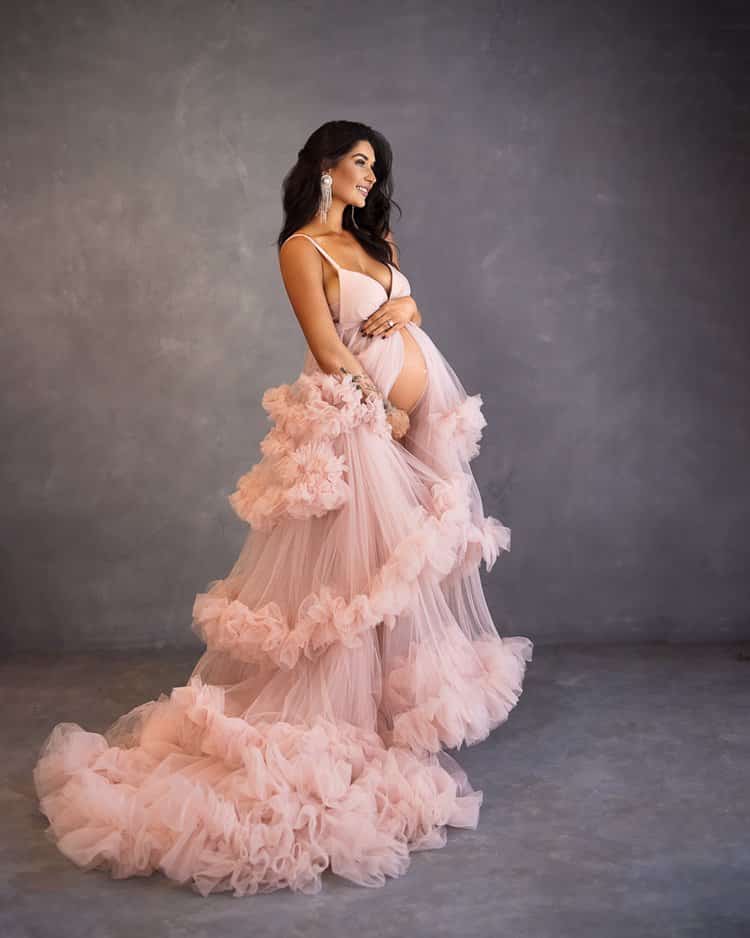
Artificial Light Sources
Artificial lighting refers to any type of lighting that is not natural, such as photography studio lights or flash photography. These lights allow you to create different types of lighting as you can create a wide range of effects by just positioning and adjusting the lights, and you can also use them to enhance natural lighting.
Continuous Light
Continuous light is the type of light that is always on and can be used for both photography and video work. It is easy to use and provides a constant source of light.
Sources include tungsten bulbs, fluorescent lights, and LED panels. Tungsten bulbs emit a warm, orange/yellow light, while fluorescent lights provide a cooler, bluish light.
LED panels are versatile and can produce both warm and cool light to match ambient lighting or just get creative with. I recommend adding a portable LED panel to your lighting kit, especially for outdoor or night photography. They’re small, lightweight and perfect for adding a bit of fill light to your subject’s face, highlighting their features, or adding a catchlight to their eyes. Plus, they’re battery-powered, which means you can use them even in remote locations where power outlets are not available.
See this article for recommendations on best portable LED light panels in 2023.
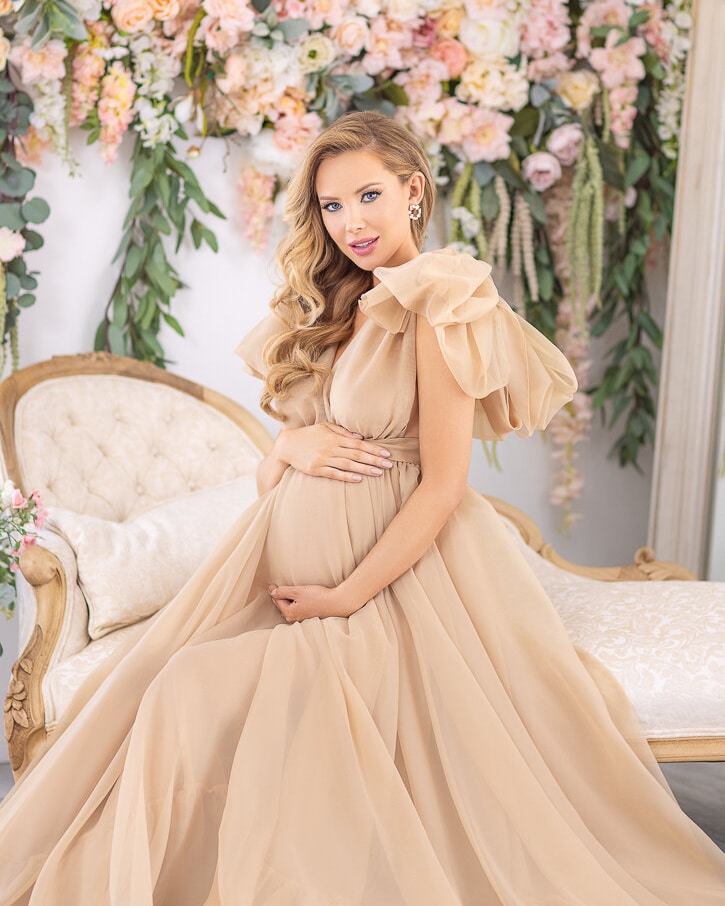
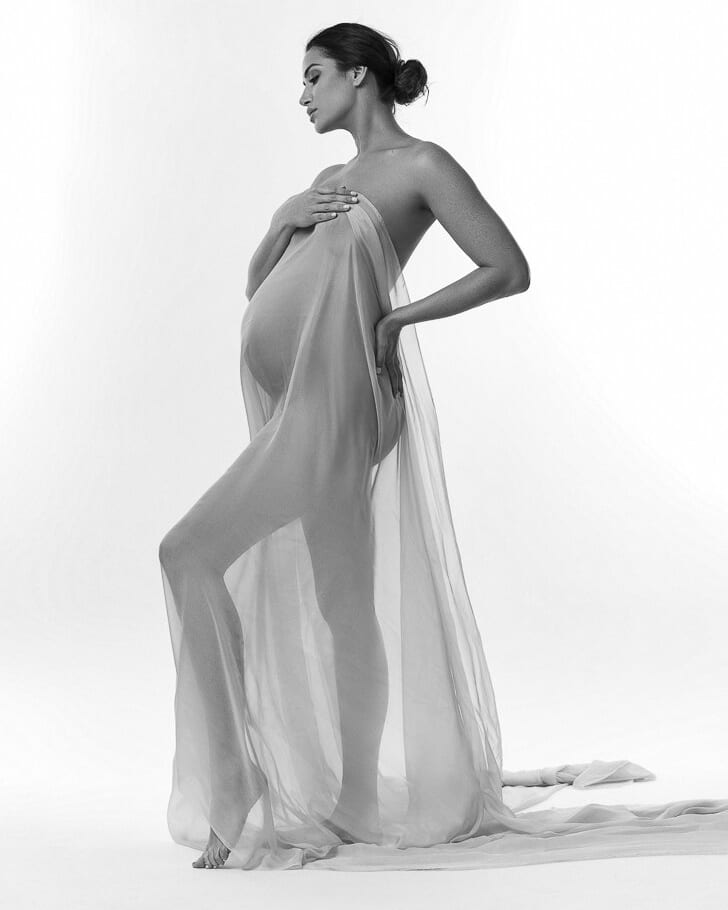
Flash/Strobe Light
Flash or strobe lighting is a brief burst of intense light that is used to freeze motion and capture fast-moving subjects. These lights are commonly used in portrait photography and studio photography, and they can be used with or without modifiers.
Spotlights
Spotlights are used to create a focused beam of light on a specific subject or area. They are commonly used in product photography, stage lighting, and for highlighting specific features in portrait photography. Spotlights can be adjusted to produce a narrow or wide beam of light, depending on the photographer’s needs.
Ring Light
A ring light is a circular light that is placed around the camera lens. It produces an even, shadow-free light that is popular in portrait and beauty photography (and since it’s continuous, it’s also popular for video work). Ring lights can be used with or without a light diffuser to produce a softer or harder light. You can see a light of the best ring lights in 2023 here.
Light Reflector
Reflectors are not technically a type of light, but they are often used in conjunction with their natural or artificial sources to bounce light onto the subject. Reflectors can be silver, gold, white, or black, and each color has a different effect on the light that is reflected. Silver reflectors produce a bright, harsh light, while white reflectors produce a softer, more diffused light. Gold reflectors produce a warm, golden light, while black reflectors absorb light and create shadows.
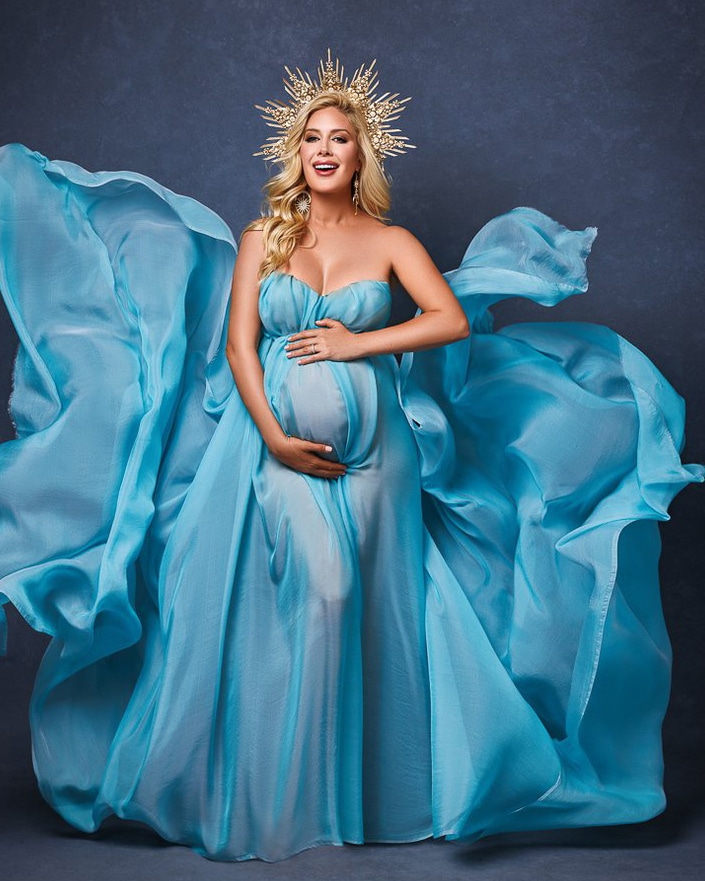
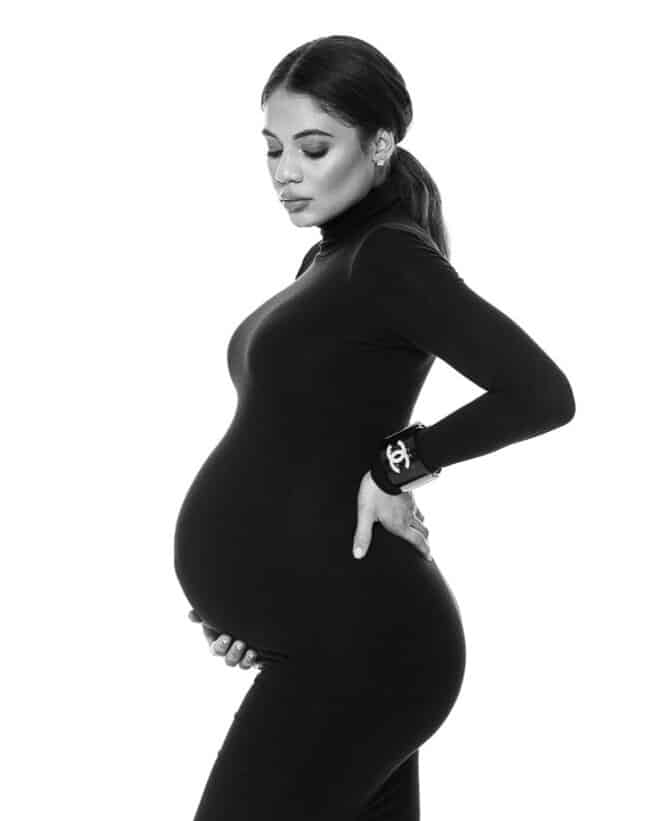
Photography Lighting Kits
Artificial lighting allows photographers to have more control over the lighting conditions, as adding just one extra light can bring a much different lighting setup and shot.
Whether you are a professional photographer or an amateur just starting out, investing in a good photography lighting kit is essential. But with so many options out there, how do you know which one is right for you? Let’s explore a few different types of photography lighting kits available:
Continuous Lighting Kits
Continuous lighting kits are perfect for those who want to see the effects of the lighting before taking the shot. Like mentioned previously, these kits provide a constant source of light that can be adjusted to the desired intensity. They are great for shooting videos or portraits and are available in both battery-powered and AC power supply options. Always, have a portable LED light on you, especially for outdoor night shoots!

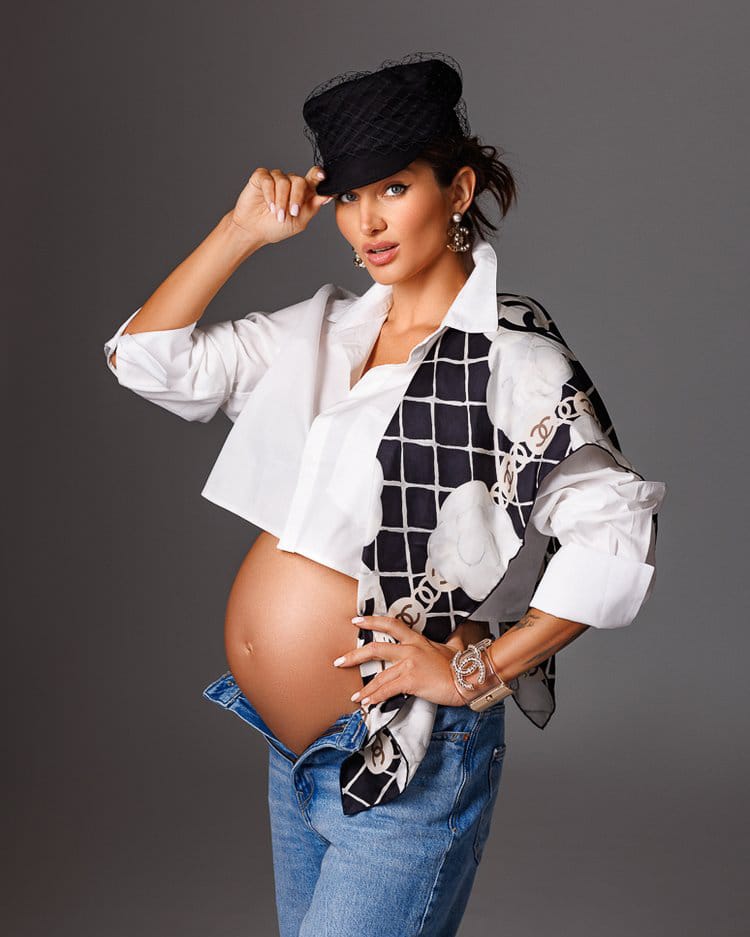
Flash Lighting Kits
Flash lighting kits, also known as strobe lighting kits, are perfect for those who want more control over the lighting. These kits come with separate power packs and flash heads that can be adjusted to create the desired effect. They are available in manual and speed mode and have a maximum power output that can be adjusted according to your needs.
Off-camera flash in manual mode is a popular lighting method: A battery-powered flash head with a separate power pack can provide consistent power output, making it an excellent choice for off-camera flash photography. The flash duration and shutter speed can be adjusted to suit the desired effect, making it ideal for capturing motion or freezing action in a photo.
Lighting Modifiers
Lighting modifiers are accessories that can be attached to your lighting equipment to adjust the color temperature, softness, and overall look of the light. Light modifiers include diffusion panels, softboxes, and reflectors. A light modifier, such as a softbox or diffuser, can be attached to the flash head to create a softer, more natural light. A light modifier can also help to reduce glare and shadows, resulting in a more balanced and appealing photograph.
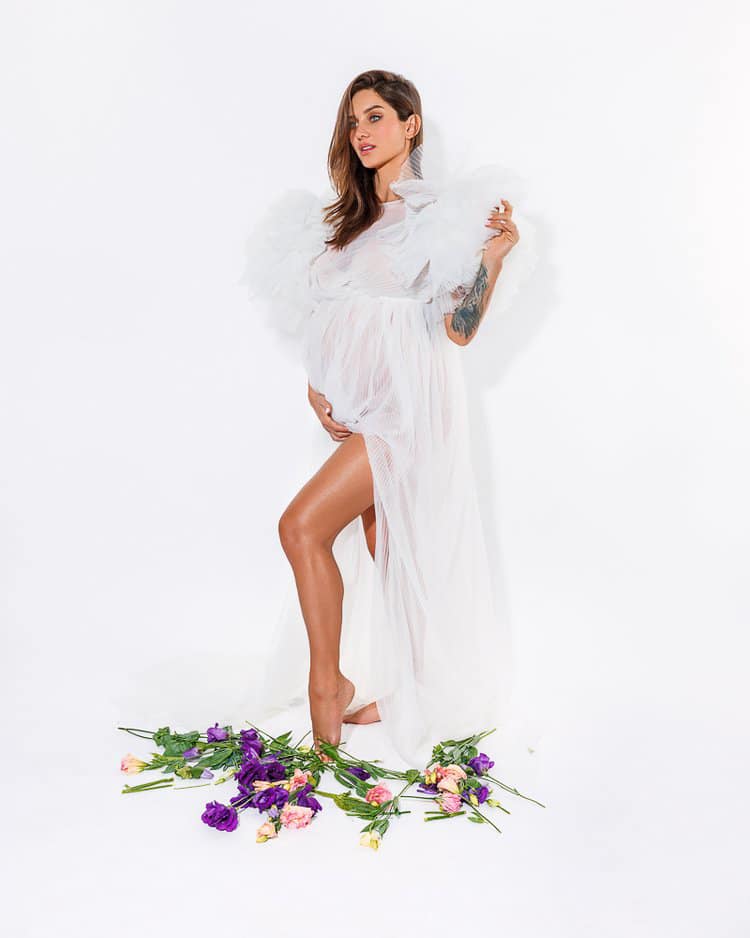
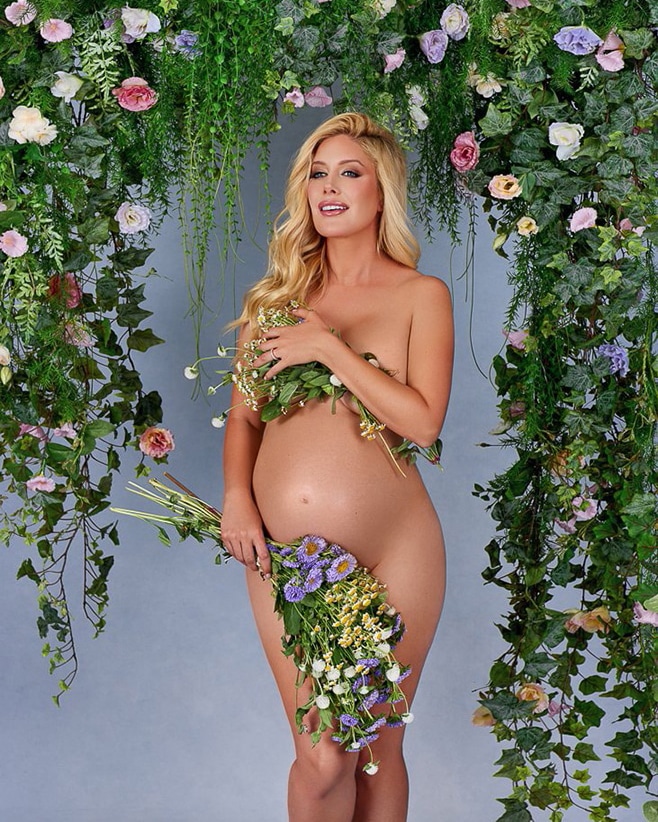
Choosing the Best Photography Lighting Kit
When choosing the best photography lighting kit for your needs, there are several factors to consider. First, consider the type of photography you will be doing. If you will be shooting portraits, a continuous lighting kit or stobe kit may be a good option. If you will be shooting events or sports, an on camera flash may be more suitable.
You should also consider the power supply of the lighting kit. For example, battery-powered kits are great for outdoor shoots or when you don’t have access to a power supply.
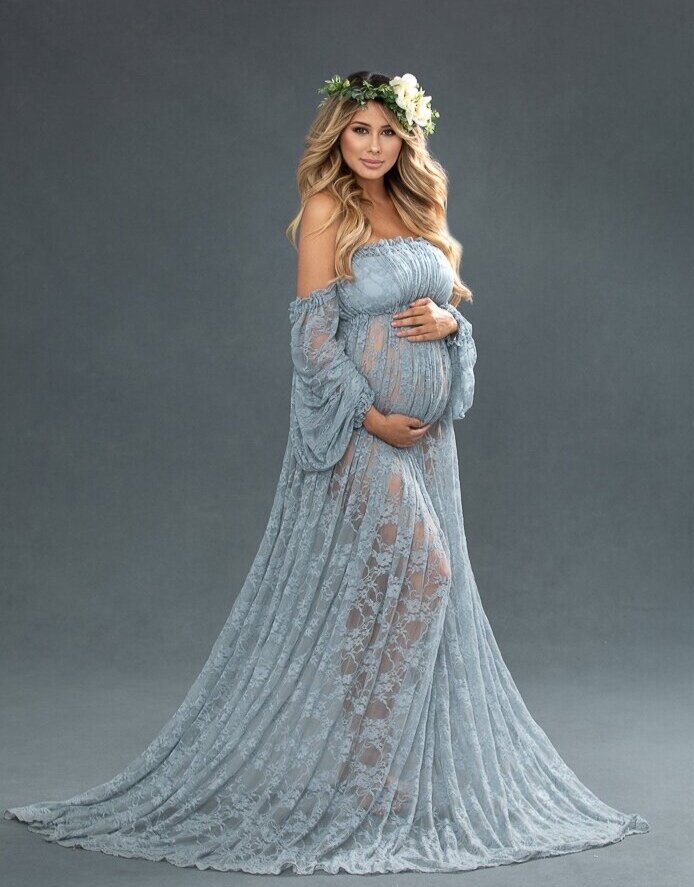
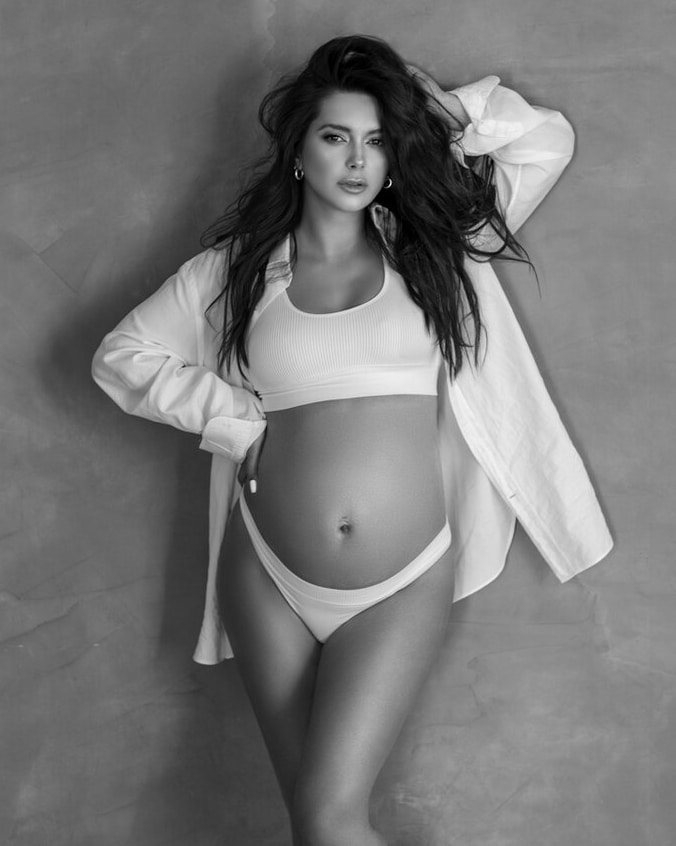
Advantages to Battery Powered Photography Lighting
Photographic lighting is crucial and with advancements in technology, lighting kits are becoming more efficient and portable. One such innovation is battery-powered photography lighting. The main advantage of having a battery power is the convenience of setting up your equipment without worrying about a nearby power supply.
White balance is an essential consideration as well and battery-powered lighting kits with adjustable color temperature make it easier to achieve the desired white balance, even in challenging lighting conditions.
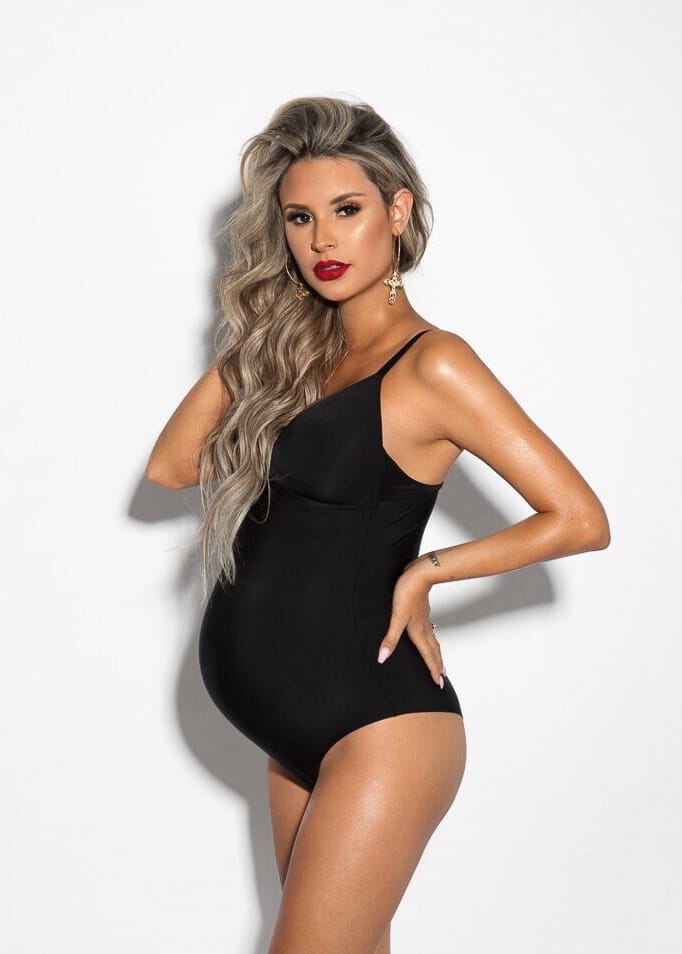
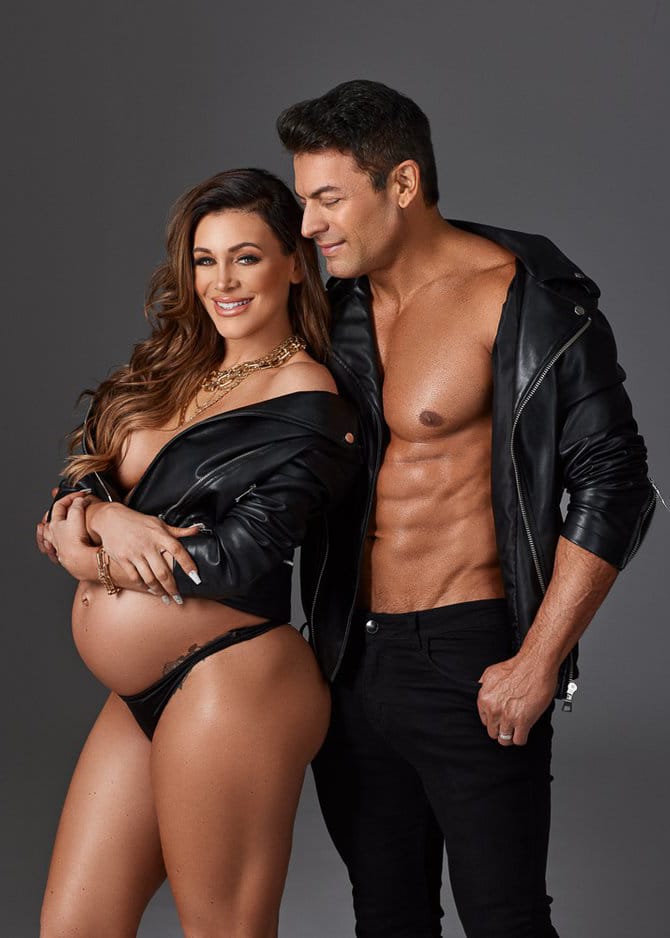
Tips for Indoor Photography Lighting
When it comes to shooting indoors, the lighting setup can be a bit more complex than shooting outdoors. In order to achieve the desired lighting, you have two main options: utilizing natural ambient light or setting up an artificial lighting system. Natural ambient light can be a beautiful and flattering option when available, often streaming in through windows or skylights. However, it may not always be sufficient and you may need to supplement it with artificial lighting to achieve the desired effect.
Here are some tips for properly setting up indoor photography lighting:
1. Choose a room with ample space and good natural light sources, such as windows or skylights.
2. Position your subject in way that takes advantage of the natural light sources.
3. Use additional lighting, such as studio lights or lamps, to fill in any areas with shadows or to provide a desired mood.
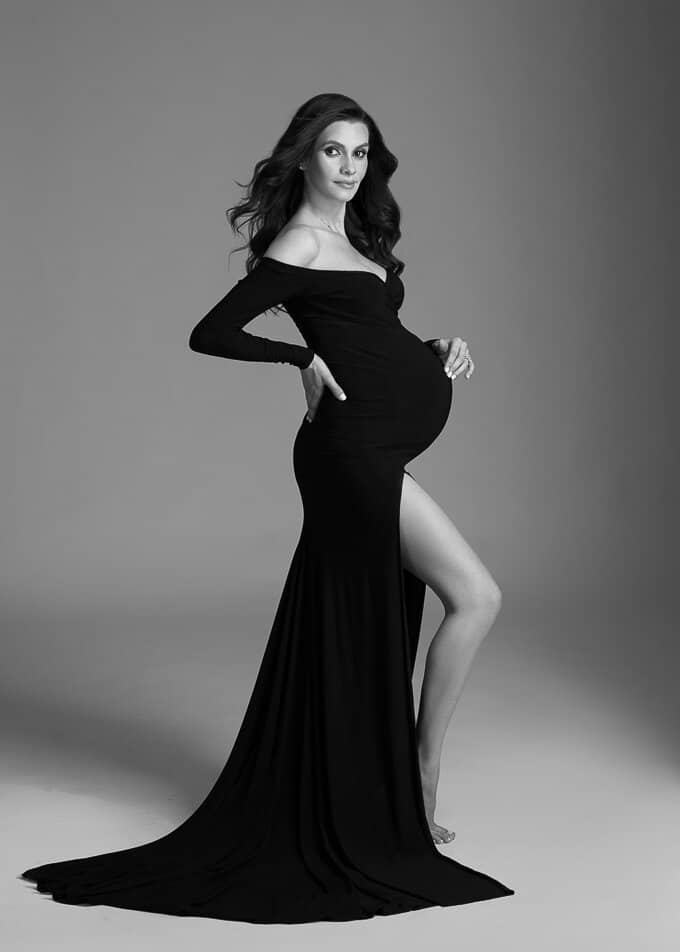
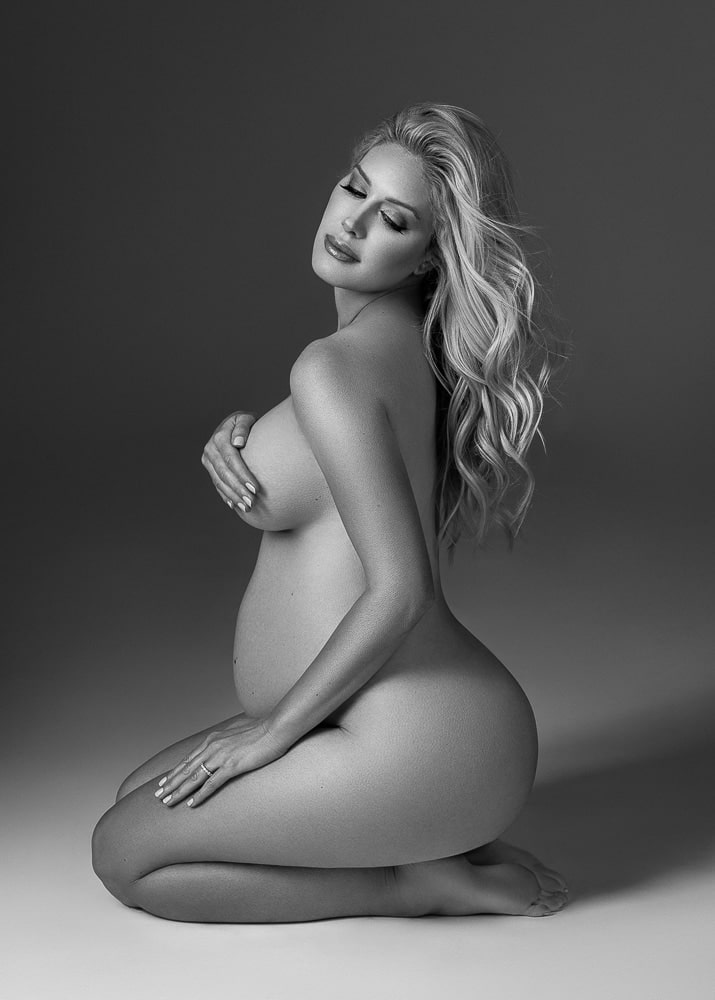
4. Experiment with different light modifiers, such as softboxes or reflectors, to achieve the desired effect.
5. Adjust the white balance on your camera to ensure accurate colors in your photos.
6. Use manual mode on your camera to have greater control over the exposure and shutter speed.
7. Use a tripod to keep your camera steady and reduce the risk of camera shake.
8. Consider using remote triggers or off-camera flashes to add more depth and dimension to your photos.
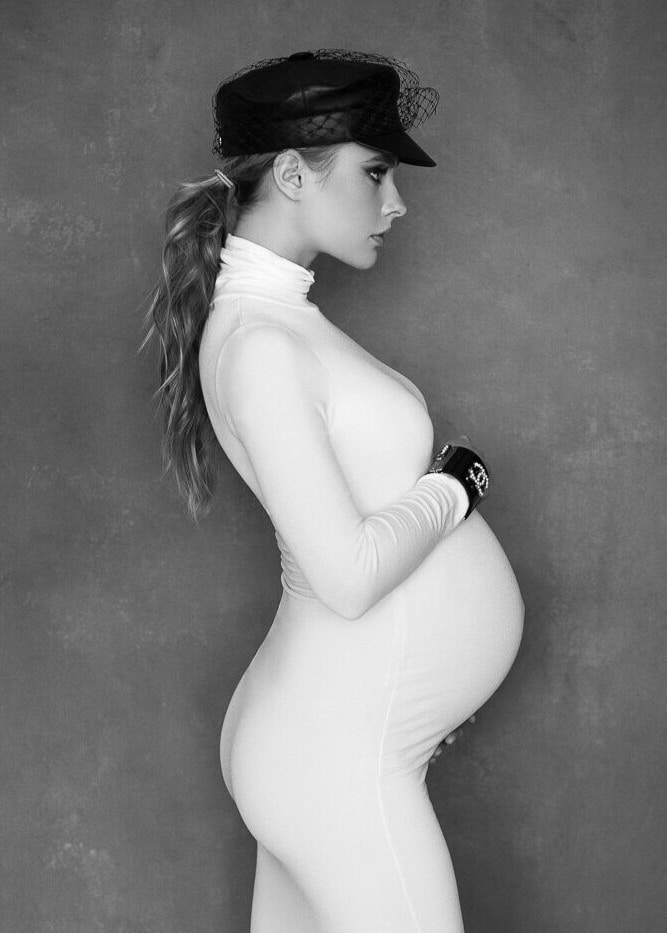
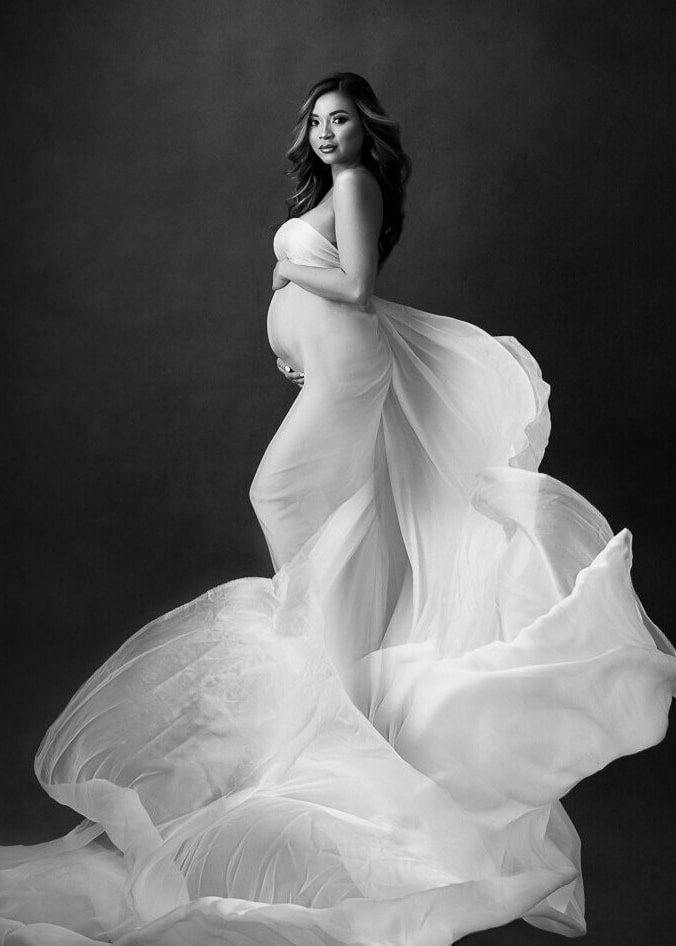
Invest in studio lighting kits
Studio lighting kits are a great investment for any professional photographer that does indoor or studio work. A good photography studio has studio strobes, beauty dishes, diffusion panels, and light modifiers, to name a few essential pieces of equipment.
Studio lighting kits are an excellent way to ensure that you have everything you need for a successful photoshoot. With these kits, you’ll have everything from the necessary light stands to the lights themselves, often with separate power packs for better control.
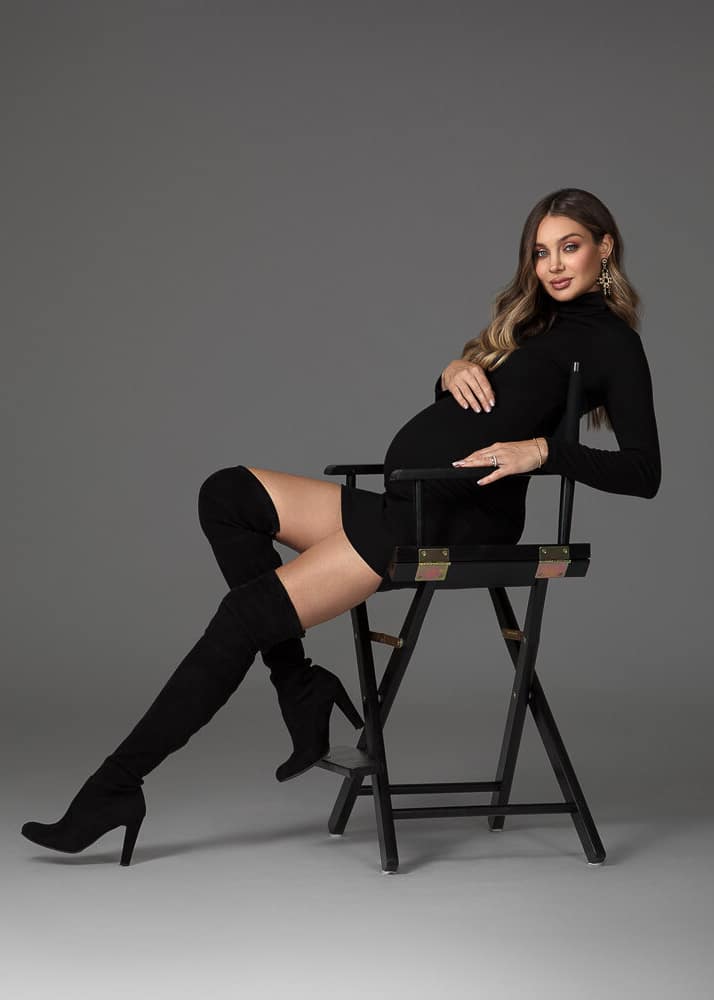
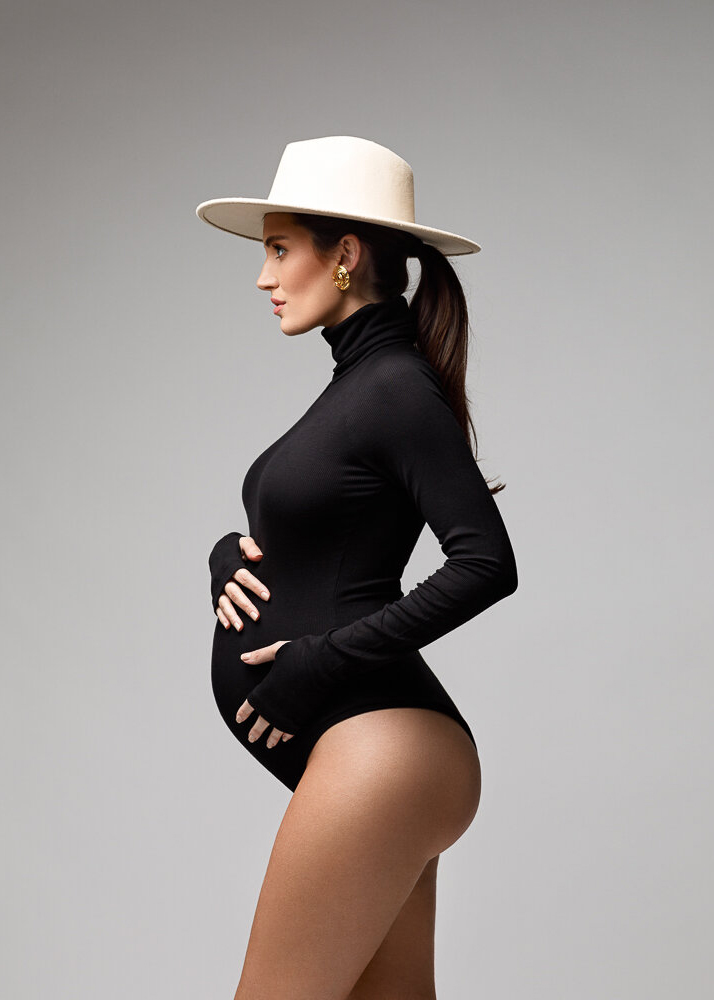
Tips for Outdoor Photography Lighting
When it comes to outdoor photography, lighting can be unpredictable and challenging to control. However, there are a few tips you can keep in mind to make the most of natural lighting and enhance your shots:
1. Use the golden hours: Photograph during the “golden hours” of sunrise and sunset, when the natural light is soft, warm, and creates long shadows.
2. Pay attention to shadows: Try to avoid harsh shadows on your subject’s face. Instead, position your subject so the light is falling on their face, or use a reflector to bounce light onto their face.
3. Beware of backlighting: Backlighting can create a beautiful effect, but it can also result in underexposed subjects. Use exposure compensation or fill flash to balance the exposure.
4. Use diffusers: On a bright, sunny day, use a diffuser to soften the light and avoid harsh shadows.
5. Adjust your white balance: The color temperature of natural light changes throughout the day. Adjust your camera’s white balance settings properly to achieve accurate colors.
6. Don’t be afraid to use flash: Even in outdoor settings, using a flash can help fill in shadows and balance exposure.
7. Always bring a reflector! A reflector can help you redirect light to where you need it, fill in shadows, and create a more balanced lighting situation. It’s also lightweight and easy to carry around, making it a must-have accessory for any outdoor shoot
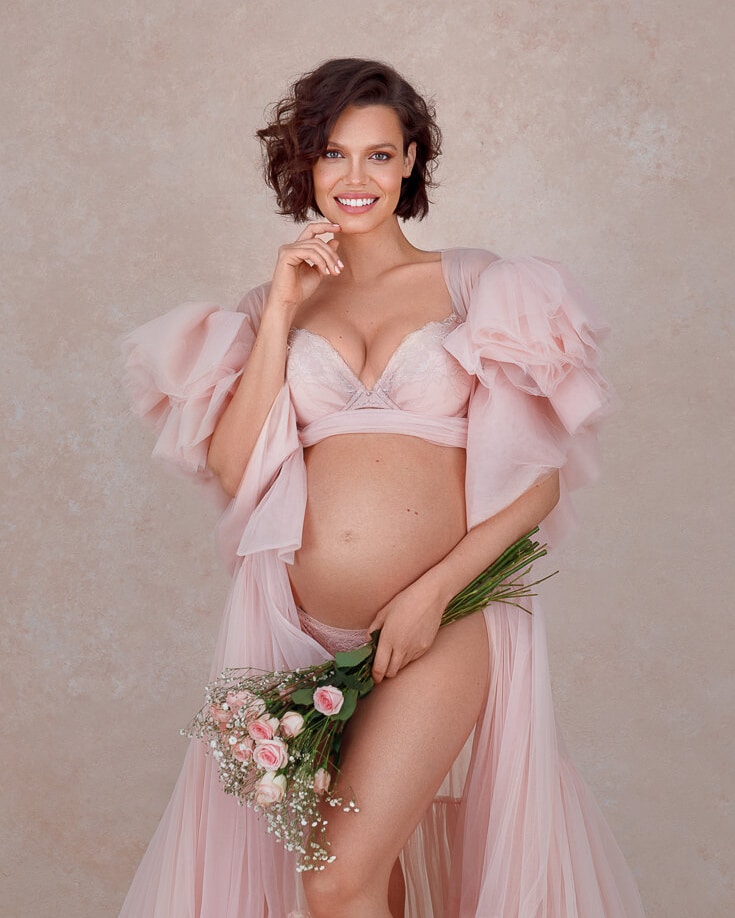
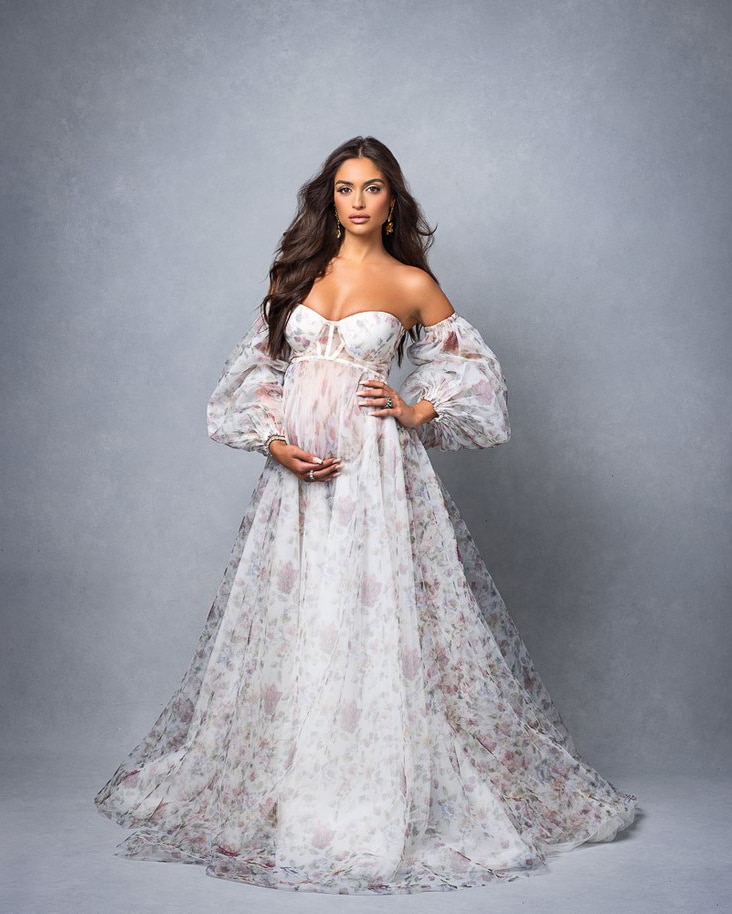
You can never be too prepared
I recommend always bringing an extra battery for your camera and lighting equipment when shooting outdoors. It’s important to have backup power sources since you might not have access to a power outlet in remote locations. The last thing you want is for your equipment shut down in the middle of a shoot. Even if you think you have enough battery life, it’s better to be safe than sorry.
It’s also a good idea to charge all your batteries fully before heading out and to bring a portable battery pack to recharge your devices on the go. With extra batteries, you can shoot for longer and ensure that you won’t miss any important shots due to a lack of power.
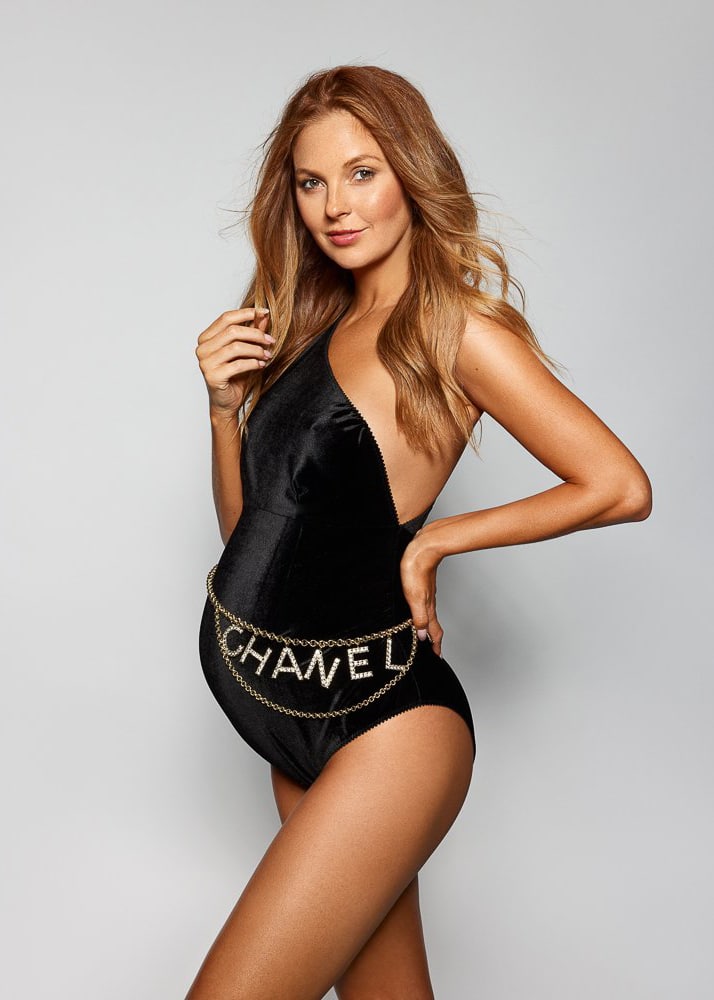
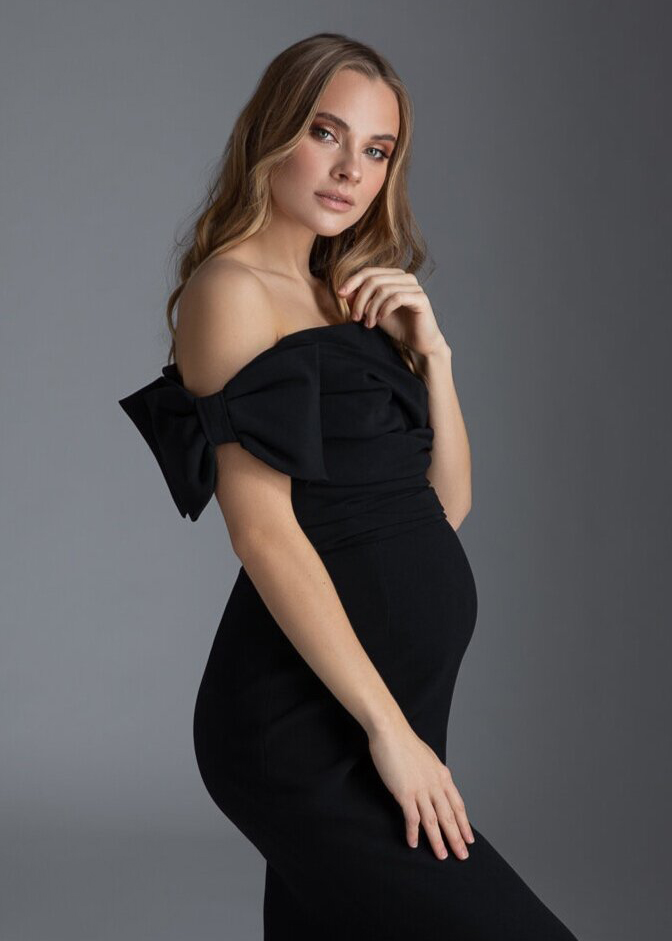
Conclusion
Lighting is crucial to achieving the desired look and feel of your images. Consider the type of photography you will be doing and your power supply. When considering a battery-powered light kit, it is essential to evaluate the lamp type, power output, and accessories included in the kit to ensure that it meets your photography needs.
With the right knowledge, light kit and accessories, you can adjust and control the lighting to create stunning images no matter the weather or lighting conditions.
FAQ’s
A light source impacts everything in photography including the character, separation, colors, textures, mood and the story of the image.
Depending on the effect you are looking to achieve, the best lighting for portrait photography can be is soft, diffused light that creates a flattering and natural-looking effect on the subject’s face.
Continuous light is always on, while flash/strobe light is a short burst of light that freezes motion.
Hard light creates harsh shadows and high-contrast images, while soft light creates a more natural and even illumination that is more flattering for portraits.
You can use artificial lighting by using different types of light sources, such as strobes, continuous lights, or speedlights, and modifiers such as softboxes, umbrellas, and reflectors to control the direction and intensity of the light.
Yes, artificial light can produce similar results as natural light if used correctly.
No, you don’t need expensive equipment for lighting in photography.
How do I schedule my session?
You can schedule your session by emailing [email protected] or by texting our studio at (310) 854-9695.

